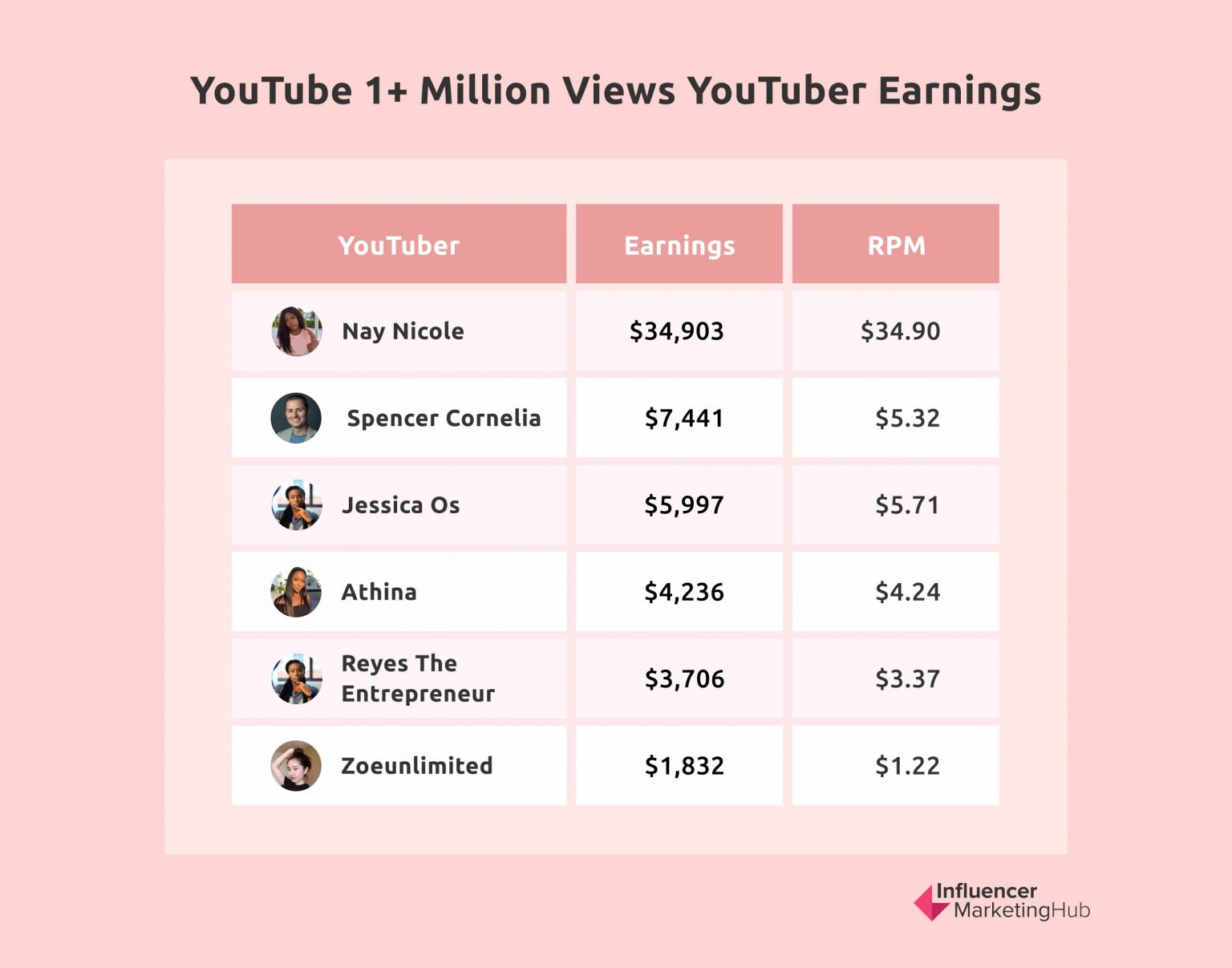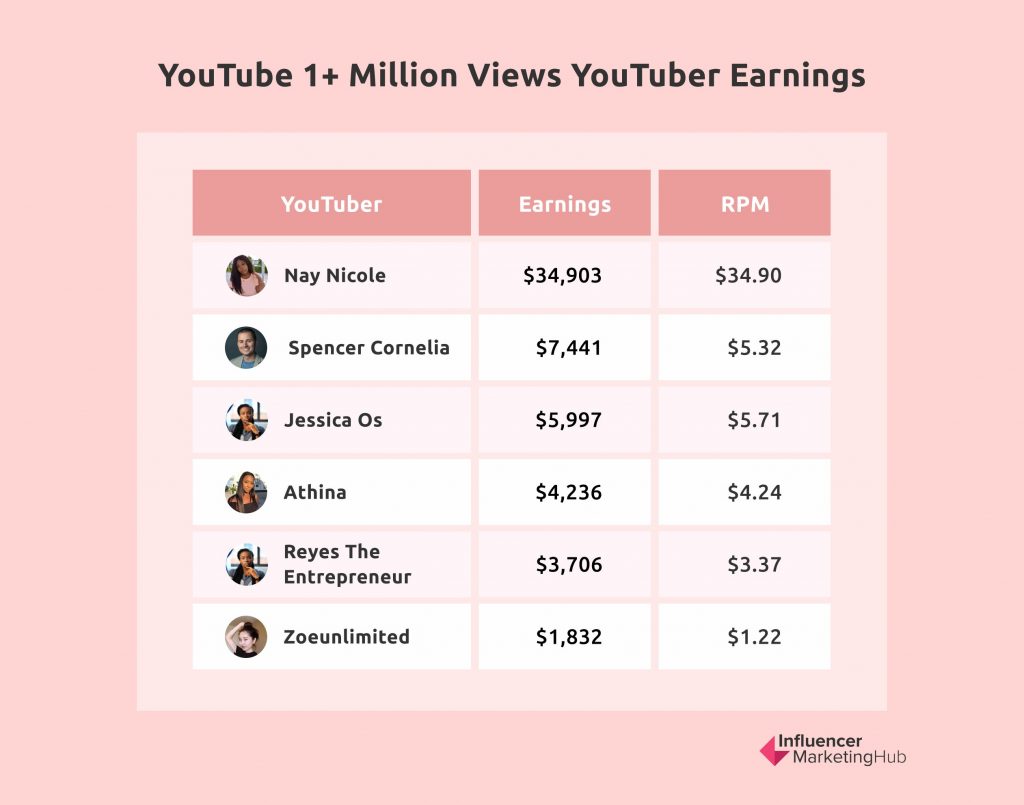Understanding YouTube’s Partner Program: The Basics
The YouTube Partner Program (YPP) is a crucial step for creators looking to monetize their content on the platform. To be eligible for the YPP, channels must meet specific requirements, including having at least 1,000 subscribers and 4,000 watch hours in the past 12 months. These requirements are in place to ensure that creators have a sizable and engaged audience, which is essential for generating revenue through ads and other monetization strategies.
Adhering to YouTube’s community guidelines and terms of service is also vital for creators who want to participate in the YPP. This includes ensuring that content is original, does not infringe on copyrights, and complies with YouTube’s policies on hate speech, harassment, and other forms of prohibited content. Creators who fail to comply with these guidelines risk having their channels suspended or terminated, which can result in lost revenue and damage to their reputation.
While the YPP provides creators with access to various monetization tools, including AdSense, it’s essential to understand that the number of views required to earn money on YouTube varies widely depending on factors such as niche, audience engagement, and monetization strategies. For example, creators in highly competitive niches may need to generate millions of views to earn a decent income, while those in less competitive niches may be able to earn money with significantly fewer views.
Additionally, creators should be aware that YouTube takes a 45% cut of ad revenue, and creators are responsible for paying taxes on their earnings. This means that creators need to generate a significant amount of revenue to take home a decent income. However, with the right strategy and a loyal audience, it’s possible for creators to earn a substantial income through the YPP.
By understanding the basics of the YPP and adhering to YouTube’s guidelines, creators can set themselves up for success and start earning money from their content. However, it’s essential to remember that monetization on YouTube is a complex process, and creators need to stay focused on creating high-quality content and engaging with their audience to achieve long-term success.
How Many Views Do You Really Need to Earn Money on YouTube?
The relationship between views and earnings on YouTube is complex, and there is no one-size-fits-all answer to the question of how many views are needed to earn money. However, by understanding the factors that influence earnings, creators can better navigate the platform and increase their chances of success.
Niche is a critical factor in determining earnings on YouTube. Creators in highly competitive niches, such as gaming or beauty, may need to generate millions of views to earn a decent income. In contrast, creators in less competitive niches, such as educational or niche hobby content, may be able to earn money with significantly fewer views.
Audience engagement is another essential factor in determining earnings. Creators who can build a loyal and engaged audience are more likely to earn money from their content. This is because engaged audiences are more likely to watch videos until the end, click on ads, and make purchases from affiliate links.
Monetization strategies also play a significant role in determining earnings. Creators who rely solely on AdSense may need to generate more views to earn a decent income compared to those who use alternative monetization strategies, such as sponsorships or merchandise sales.
So, how many views do you really need to earn money on YouTube? The answer varies widely depending on the factors mentioned above. However, here are some rough estimates of the average views required to earn a decent income on YouTube:
* 1,000 to 10,000 views per month: This is a good starting point for new creators who are just starting to build their audience. With this level of views, creators can start to earn some money from AdSense, but it’s unlikely to be a full-time income.
* 10,000 to 100,000 views per month: At this level, creators can start to earn a decent income from AdSense, and may also be able to attract sponsors or merchandise sales.
* 100,000 to 1,000,000 views per month: This is a significant milestone for creators, and can result in a substantial income from AdSense, sponsorships, and merchandise sales.
Ultimately, the key to earning money on YouTube is to create high-quality content that resonates with your audience, and to continually adapt and improve your monetization strategies. By doing so, creators can increase their earnings potential and build a successful and sustainable business on the platform.
The Role of Engagement in YouTube Monetization
Engagement is a crucial factor in YouTube monetization, as it directly impacts a video’s earnings potential. Likes, comments, and shares are all important metrics that contribute to a video’s engagement, and creators who can increase these metrics can also increase their earnings.
Likes are a key indicator of engagement, as they show that viewers have enjoyed and appreciated the content. Creators who can increase likes on their videos can also increase their earnings, as likes are a factor in YouTube’s algorithm for determining video rankings.
Comments are another important metric for engagement, as they show that viewers are invested in the content and willing to participate in a discussion. Creators who can encourage comments on their videos can also increase their earnings, as comments are a factor in YouTube’s algorithm for determining video rankings.
Shares are also an important metric for engagement, as they show that viewers are willing to share the content with others. Creators who can increase shares on their videos can also increase their earnings, as shares are a factor in YouTube’s algorithm for determining video rankings.
So, how can creators increase engagement on their videos? Here are some tips:
* Create high-quality content that resonates with your audience. This is the most important factor in increasing engagement, as viewers are more likely to like, comment, and share content that they enjoy.
* Use eye-catching thumbnails and titles that grab viewers’ attention. This can help increase views and engagement, as viewers are more likely to click on a video with a compelling thumbnail and title.
* Encourage viewers to like, comment, and share your videos. This can be done by asking viewers to engage with the content, or by offering incentives for engagement, such as exclusive content or discounts.
* Respond to comments and engage with your audience. This can help build a loyal community of viewers who are invested in the content and willing to engage with it.
By increasing engagement on their videos, creators can also increase their earnings potential. This is because engagement is a key factor in YouTube’s algorithm for determining video rankings, and videos with high engagement are more likely to be promoted and earn more money.
Additionally, engagement can also help creators build a loyal audience, which is essential for long-term success on YouTube. By building a loyal audience, creators can increase their earnings potential and create a sustainable business on the platform.
Monetization Strategies Beyond AdSense: Exploring Alternatives
While AdSense is a popular monetization strategy for YouTube creators, it’s not the only option. In fact, many creators are exploring alternative monetization strategies to diversify their income streams and increase their earnings potential.
Sponsorships are one alternative monetization strategy that can be highly effective. By partnering with brands to promote their products or services, creators can earn money through sponsored content. This can be a lucrative option, especially for creators with large and engaged audiences.
Merchandise sales are another alternative monetization strategy that can be profitable. By creating and selling merchandise related to their channel or brand, creators can earn money through sales. This can be a great option for creators who have a strong brand identity and a loyal audience.
Affiliate marketing is another alternative monetization strategy that can be effective. By promoting products or services of other companies and earning a commission on sales, creators can earn money through affiliate marketing. This can be a great option for creators who have a large and engaged audience and are able to promote products that are relevant to their niche.
Membership programs are also becoming increasingly popular as an alternative monetization strategy. By offering exclusive content, discounts, or other perks to loyal viewers, creators can earn money through membership programs. This can be a great option for creators who have a loyal audience and are able to offer unique and valuable content.
Licensing is another alternative monetization strategy that can be profitable. By licensing their content to other companies or media outlets, creators can earn money through licensing fees. This can be a great option for creators who have high-quality and unique content that is in demand.
When exploring alternative monetization strategies, it’s essential to consider the benefits and challenges of each approach. For example, sponsorships can be lucrative, but they can also be time-consuming and require a lot of effort to secure. Merchandise sales can be profitable, but they can also require a significant upfront investment in inventory and marketing.
Ultimately, the key to success with alternative monetization strategies is to diversify your income streams and experiment with different approaches. By doing so, creators can increase their earnings potential and build a sustainable business on YouTube.
Some successful examples of alternative monetization strategies include:
* The YouTube creator Marques Brownlee, who has partnered with brands such as Apple and Tesla to promote their products.
* The YouTube creator Jeffree Star, who has built a lucrative merchandise business selling makeup and other beauty products.
* The YouTube creator Pat Flynn, who has built a successful affiliate marketing business promoting products related to online marketing and entrepreneurship.
These examples demonstrate the potential of alternative monetization strategies and highlight the importance of diversifying your income streams to achieve success on YouTube.
Optimizing Your Videos for Maximum Earnings
Optimizing your videos for maximum earnings is crucial to succeed on YouTube. With millions of hours of content available, it’s essential to make your videos stand out and attract viewers. Here are some tips and best practices to help you optimize your videos and increase your earnings:
**Keywords, Tags, and Descriptions**
Using relevant keywords, tags, and descriptions is essential to help your videos rank higher in YouTube’s search results. Conduct thorough keyword research to identify the most relevant and high-traffic keywords related to your content. Use these keywords in your video title, description, and tags to improve visibility.
**Thumbnails**
Thumbnails are the first thing viewers see when browsing through YouTube. Create eye-catching, high-quality thumbnails that accurately represent your content and grab viewers’ attention. Use text overlays, colors, and graphics to make your thumbnails stand out.
**Titles**
Titles are critical in determining whether viewers will click on your video or not. Craft attention-grabbing, descriptive titles that accurately represent your content and include relevant keywords.
**Video Content**
High-quality, engaging video content is essential to keep viewers watching and increase earnings. Focus on creating content that resonates with your audience, and use various formats such as tutorials, reviews, and vlogs to keep your content fresh and engaging.
**YouTube Analytics**
YouTube Analytics provides valuable insights into your video performance, including views, engagement, and earnings. Use these insights to track your performance, identify areas for improvement, and adjust your strategies accordingly.
**Tips for Optimizing Your Videos**
* Use closed captions and subtitles to improve accessibility and increase engagement.
* Add cards and end screens to promote your other videos, playlists, or external links.
* Use annotations to provide additional information, links, or calls-to-action.
* Experiment with different video formats, such as 360-degree videos, live streaming, or VR content.
By following these tips and best practices, you can optimize your videos for maximum earnings and increase your chances of success on YouTube.
Remember, optimizing your videos is an ongoing process that requires continuous improvement and adaptation. Stay up-to-date with the latest YouTube trends, algorithm changes, and best practices to ensure your videos remain competitive and profitable.
The Impact of YouTube’s Algorithm on Earnings
YouTube’s algorithm plays a significant role in determining video visibility and earnings. The algorithm is constantly evolving, and understanding its impact on earnings is crucial for creators to adapt and maintain their revenue streams.
**Watch Time**
Watch time is a critical factor in YouTube’s algorithm, as it measures how engaging and relevant a video is to viewers. Videos with high watch time are more likely to rank higher in search results and earn more money from ads.
**Audience Retention**
Audience retention is another important factor in YouTube’s algorithm, as it measures how well a video holds viewers’ attention throughout. Videos with high audience retention are more likely to rank higher in search results and earn more money from ads.
**Relevance**
Relevance is also a key factor in YouTube’s algorithm, as it measures how relevant a video is to the viewer’s search query. Videos that are highly relevant to the viewer’s search query are more likely to rank higher in search results and earn more money from ads.
**Adapting to Algorithm Changes**
YouTube’s algorithm is constantly evolving, and creators need to adapt to these changes to maintain their earnings. Here are some tips to help creators adapt to algorithm changes:
* Stay up-to-date with the latest YouTube trends and algorithm changes.
* Analyze your video performance using YouTube Analytics.
* Adjust your content strategy to align with the latest algorithm changes.
* Focus on creating high-quality, engaging content that resonates with your audience.
**Maintaining Earnings**
Maintaining earnings on YouTube requires a deep understanding of the algorithm and its impact on video visibility and earnings. Here are some tips to help creators maintain their earnings:
* Continuously create high-quality, engaging content that resonates with your audience.
* Optimize your videos for maximum earnings using keywords, tags, and descriptions.
* Engage with your audience and build a loyal following.
* Stay up-to-date with the latest YouTube trends and algorithm changes.
By understanding the impact of YouTube’s algorithm on earnings and adapting to changes, creators can maintain their revenue streams and achieve long-term success on the platform.
Building a Loyal Audience: The Key to Long-Term Success
Building a loyal audience is crucial for long-term success on YouTube. A loyal audience is more likely to engage with your content, share it with others, and support your channel through various monetization strategies.
**Creating Engaging Content**
Creating engaging content is the first step in building a loyal audience. This means producing high-quality, relevant, and consistent content that resonates with your target audience. Use various formats such as tutorials, reviews, and vlogs to keep your content fresh and engaging.
**Interacting with Viewers**
Interacting with viewers is essential in building a loyal audience. Respond to comments, answer questions, and engage with your viewers on social media. This helps to build a sense of community and fosters a loyal following.
**Fostering a Sense of Community**
Fostering a sense of community is critical in building a loyal audience. Create a community around your channel by hosting live streams, creating exclusive content, and offering incentives to loyal viewers.
**Examples of Successful Creators**
Many successful creators have built loyal audiences on YouTube. For example, PewDiePie has built a massive following by creating engaging content and interacting with his viewers. Similarly, Markiplier has built a loyal audience by creating high-quality content and fostering a sense of community around his channel.
**Tips for Building a Loyal Audience**
* Create high-quality, engaging content that resonates with your target audience.
* Interact with your viewers and respond to comments and questions.
* Foster a sense of community around your channel by hosting live streams and creating exclusive content.
* Offer incentives to loyal viewers, such as exclusive content or discounts.
* Stay consistent and continually produce high-quality content to keep your audience engaged.
By building a loyal audience, creators can increase their earnings potential, improve their video visibility, and achieve long-term success on YouTube.
Conclusion: Turning Your YouTube Channel into a Profitable Business
Turning your YouTube channel into a profitable business requires a deep understanding of the platform’s monetization strategies, audience engagement, and algorithm changes. By following the tips and best practices outlined in this article, creators can increase their earnings potential, improve their video visibility, and achieve long-term success on YouTube.
**Key Takeaways**
* Understand the YouTube Partner Program (YPP) and its requirements, including the need for 1,000 subscribers and 4,000 watch hours in the past 12 months.
* Recognize the importance of audience engagement in YouTube monetization, including likes, comments, and shares.
* Explore alternative monetization strategies beyond AdSense, such as sponsorships, merchandise sales, and affiliate marketing.
* Optimize your videos for maximum earnings using keywords, tags, and descriptions, and track performance using YouTube Analytics.
* Adapt to algorithm changes and maintain earnings by focusing on watch time, audience retention, and relevance.
* Build a loyal audience by creating engaging content, interacting with viewers, and fostering a sense of community.
**Roadmap to Success**
1. Create high-quality, engaging content that resonates with your target audience.
2. Optimize your videos for maximum earnings using keywords, tags, and descriptions.
3. Engage with your audience and build a loyal following.
4. Explore alternative monetization strategies beyond AdSense.
5. Adapt to algorithm changes and maintain earnings.
6. Continuously improve your content and strategies to achieve long-term success.
By following this roadmap and staying focused on your goals, you can turn your YouTube channel into a profitable business and achieve success on the platform.







